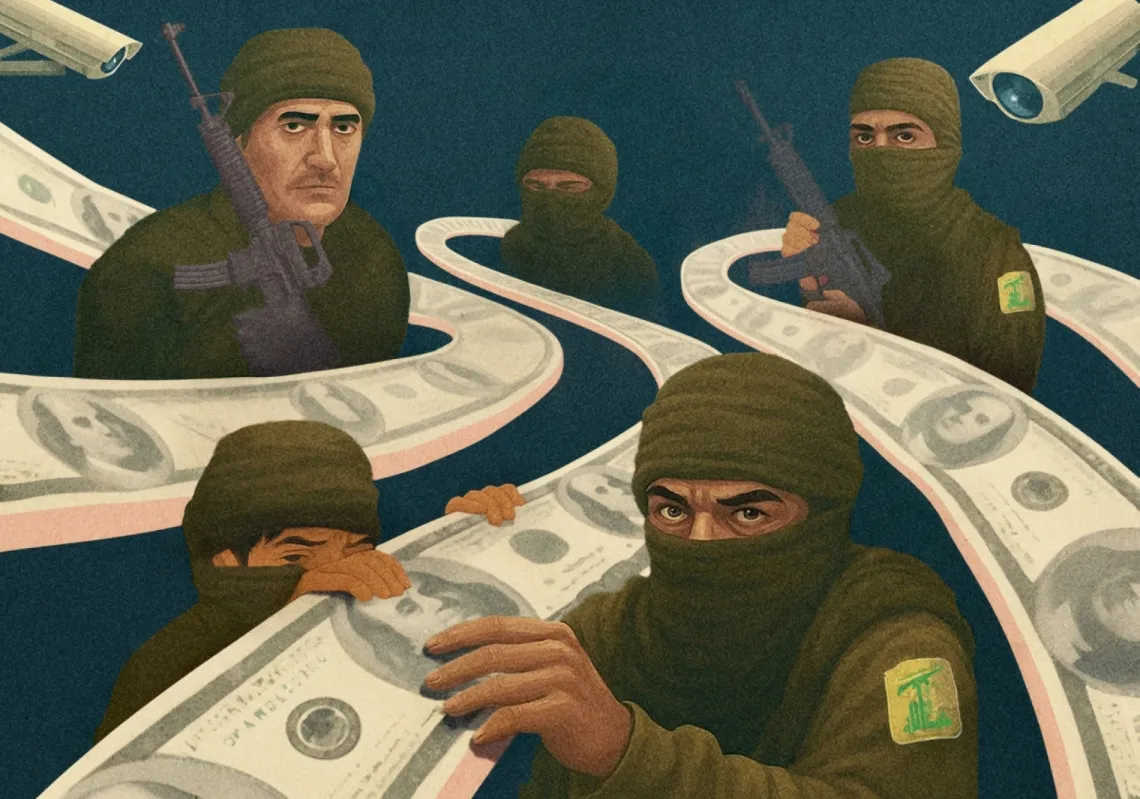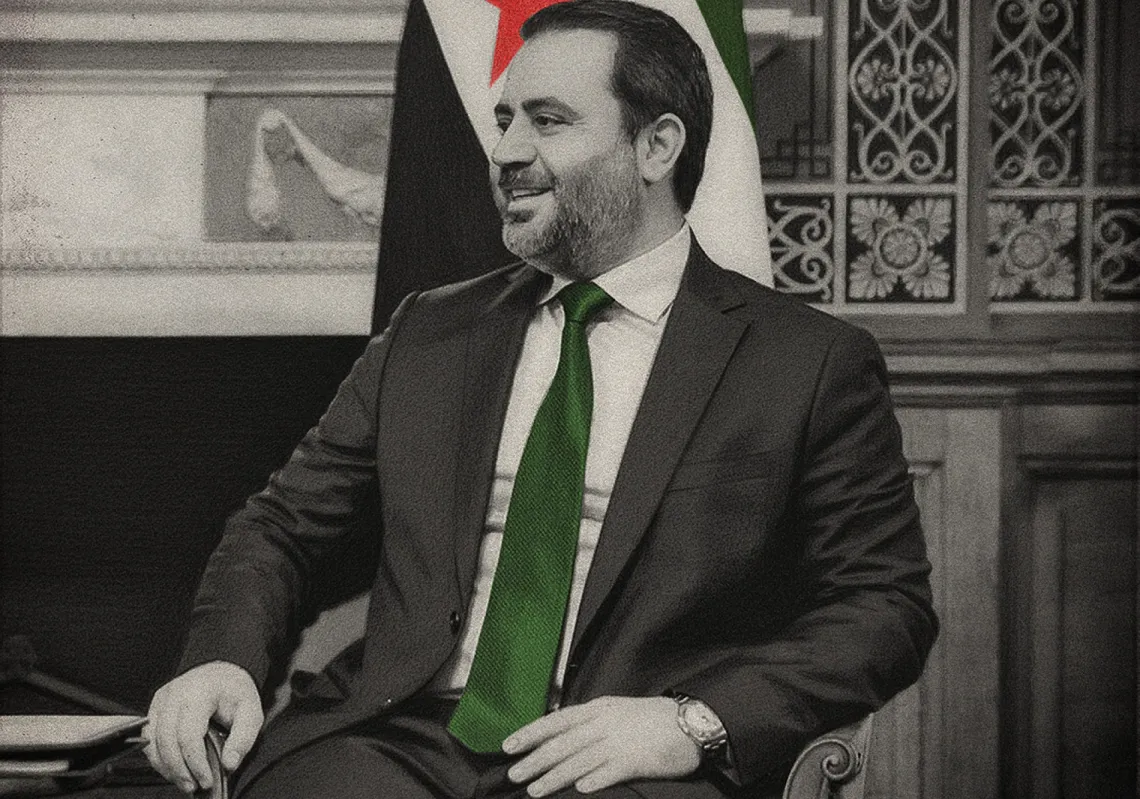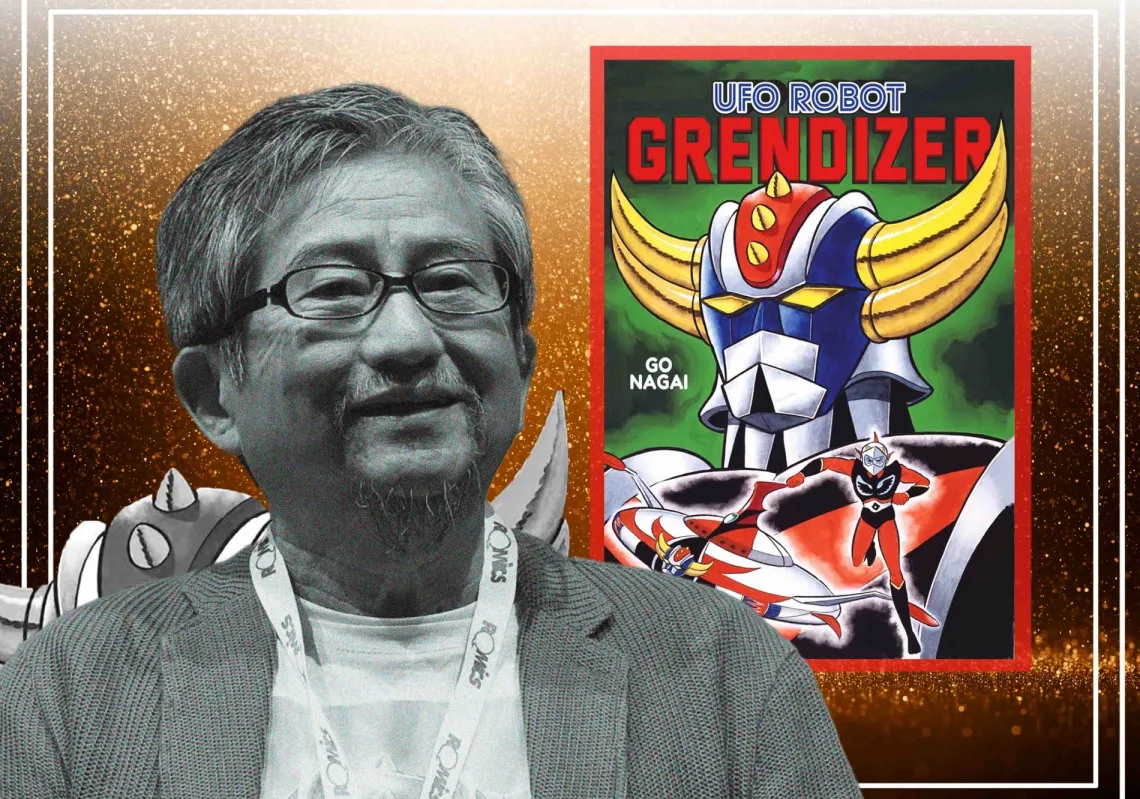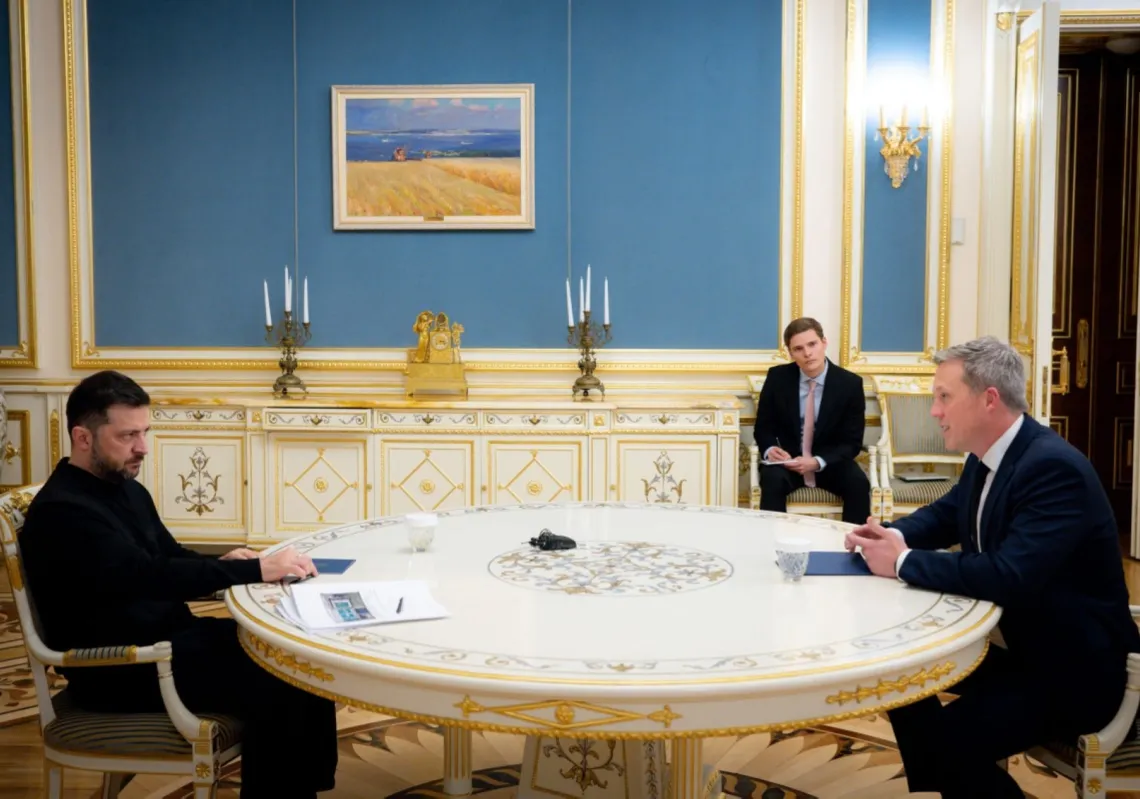In Parts 1 and 2, Al Majalla detailed the harrowing experiences of refugees escaping their war-torn homelands by land or sea and shed light on the secretive smuggling networks that helped them do so.
Now, in Part 3, we conclude by describing a typical refugee’s daily life in safety following a three-day visit to resorts in The Netherlands and Germany that have been turned into makeshift camps.
In Germany, we visit two refugee camps housing mainly Syrians, with some Iraqis, near the small city of Düren and the town of Kreuzau, close to Cologne. There, we hear stories of winding journeys that eventually brought the refugees to the Rhineland.
But first, we travel to Rotterdam, where the Dutch authorities devised a novel alternative in the summer when the sites registered for refugees finally filled up.
No room at the inn
Sunny weather in the Mediterranean typically means a bigger influx of asylum seekers to Europe in the summer months. This summer, camps in the Netherlands reached maximum capacity and had to close their doors to new arrivals.
The Dutch Central Agency for the Reception of Asylum Seekers (COA) solved the problem by transforming houseboats on the shores of Rotterdam into camps, while countryside resorts in other regions were turned into alternative homes for refugees.
As part of our in-depth investigation into refugees’ journeys, Al Majalla visited those seeking shelter in Dutch houseboats and rural resort camps in the suburbs of The Hague, 10km from the city.
The COA rented half the resort’s chalets to accommodate refugees from Syria, Afghanistan, Iraq, and various sub-Saharan African countries. The majority are Syrian.

















